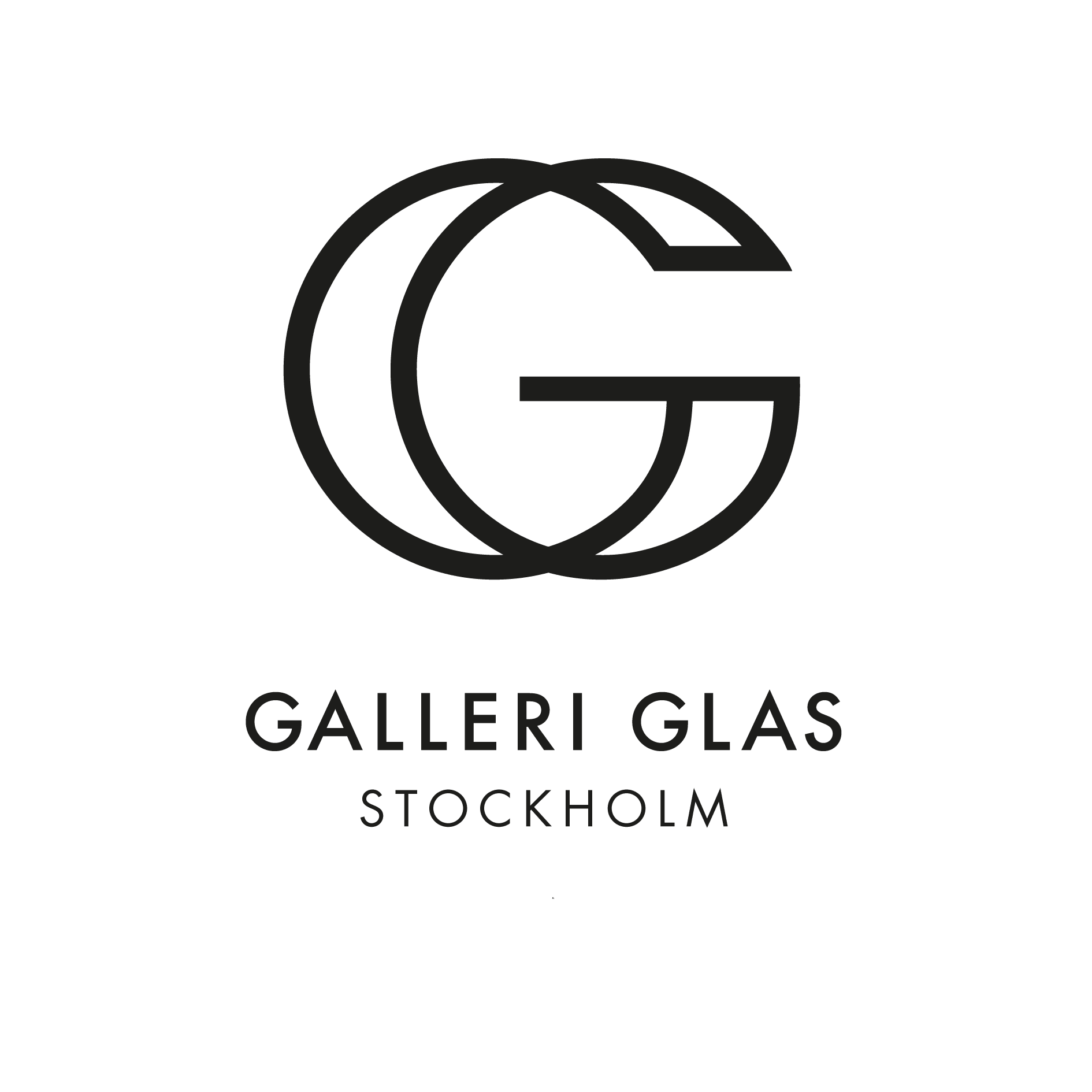A brief reflection on Karin Alfredsson’s relationship with nature
The way in which we relate to Nature is rapidly changing. From having been the most self-evident of public spaces, the original space living on its own conditions, Nature has become something of an exclusivity and a dream for many of us in many ways.
Karin Alfredsson takes us to the most distant of landscapes and reconquers it.
A forest, a mountain, a sea. Elementary aspects of our lives, sources of both contemplation and beauty. Unlike some other colleagues, she never exploits the space to her own advantage but takes great care in leaving it just as unspoilt as when she first arrived.
Did she start her landscape project in 2011? That is how she remembers it. It was then that she started travelling in impenetrable northern territories with a motorcar, on skis, or by snowmobile. Or even on foot if no other mode of transport is available. (If one comes across her on the street in Stockholm she is always wearing sturdy leather boots.)
In order to charge her camera with electricity she even carries car batteries on a sledge that she pulls herself.
The Swedish province of Jämtland. The Norwegian territory of Lofoten. The North Pole. That’s where her photos originate. She has fought her way with all her equipment, often completely on her own, and there she has pitched her tent.
“As far away from everything as possible”, she explains. Closer to myself.
A sense of precision is something that I often feel in conjunction with her images. Of being at the right place at the right instant with the body of the camera focused on exactly the corner of the landscape that the movement passes through. Falling rain or whirling snow that passes by.
Or just that light that, for a vanishing instant, passes the lens.
The art of photography is constantly changing. Photographs from 2020 are almost all refined in a computer. Exposures are manipulated, as are colours, while images are brushed to ensure that perfection is achieved.
Karin Alfredsson belongs, rather, to the old school. Her photographic images are an aspect of nature and, accordingly, she wants to leave them unedited, letting them speak their own language, pure or impure. Colour photographs which, in all their brutal nakedness, at a first glance can appear to be in black and white.
One can hardly believe it as one stands and stares at the image, but such is her artistic ethic.
A question of ethics.
It’s almost as though she doesn’t really want to tell us the names of the places that she has chosen. “These places existed long before people gave them names. OK. And so it is only occasionally that the photographs have names.” We have to be content with epithets like hillside lake and mountain.
In the eye of an artist like Karin Alfredsson we find ourselves in some sort of inferno pilgrimage. Nature falls apart in pieces all around us. Reality comes every morning in the guise of the morning paper. The world has acquired a devilish slow puncture which, as humans, we are responsible for. As that the reason why we say the word CLIMATE just as often, nowadays, as we say NATURE?
Can these objective photographic landscape studies have an influence on future development? Can a single person’s constant love of the landscape where she was born (Jämtland) also persuade the rest of us to see, and thus to feel a greater sense of responsibility and preparedness for changing our lives? Can the beauty of art turn us into better people?
Mystery is everywhere there. The inky blackness of a hillside lake and the breath-taking mountains of Lofoten. We scrutinize and we fall. Entirely naturally.
Staffan Bengtsson


